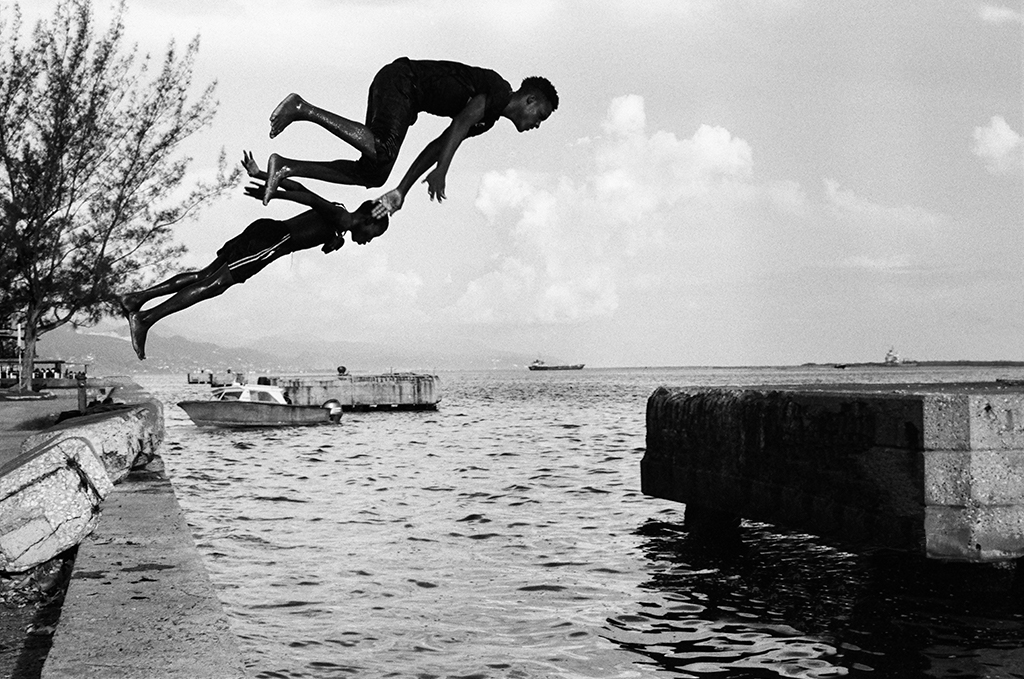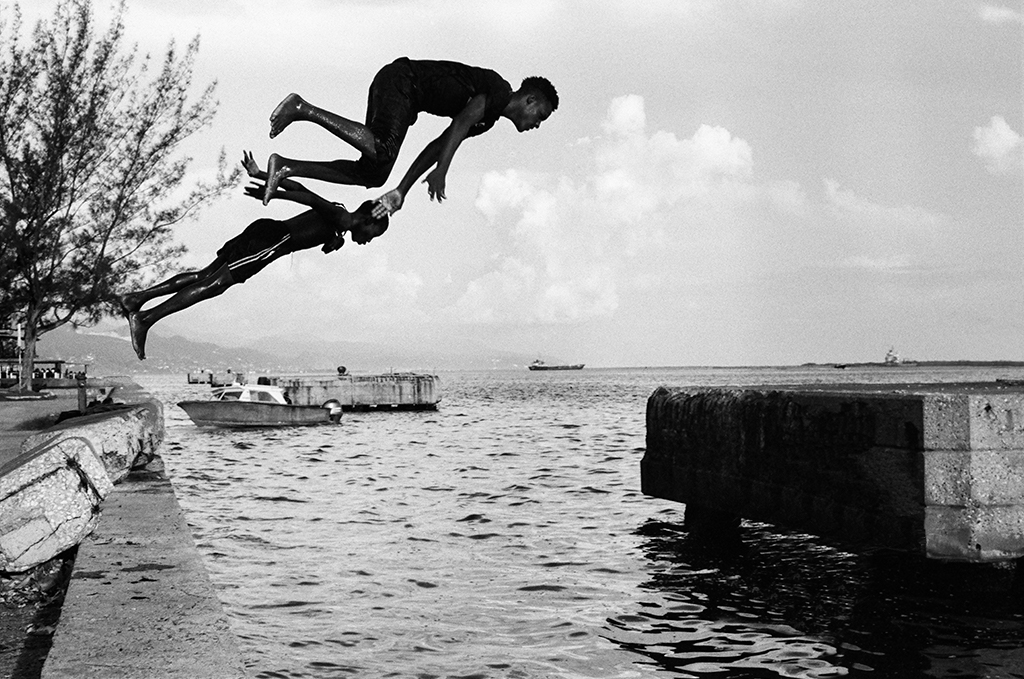As a novice to film photography, I had eagerly awaited the development of my second roll of film. The results of the first roll were impressive. Now I had a chance to try out a different film stock namely, Kodak Tri-X 400. So when the email notification came from The Darkroom that my negatives were being scanned and uploaded, I was like a kid at Christmas, eagerly waiting to open his gifts. Nothing could have prepared me for what happened next!
The first roll of Black and White film that I shot was Kodak TMax 400. In choosing to shoot Tri-X afterwards, I wanted to compare the results of the film stocks, ultimately making a choice between them. After shooting the roll of film, I had carefully packaged it and entrusted it to a friend who was traveling to the United States where the film lab that I use is located. I had instructed her to request a manual check of the film when going through security at the airport to avoid any risk of radiation exposure to the undeveloped film.
What I saw when I viewed my scanned images was foreign to me. Exposure after exposure, was totally ruined. The scans looked like someone had spilled their cup of coffee all over my negative (See images below). More than half the roll was affected to varying degrees.
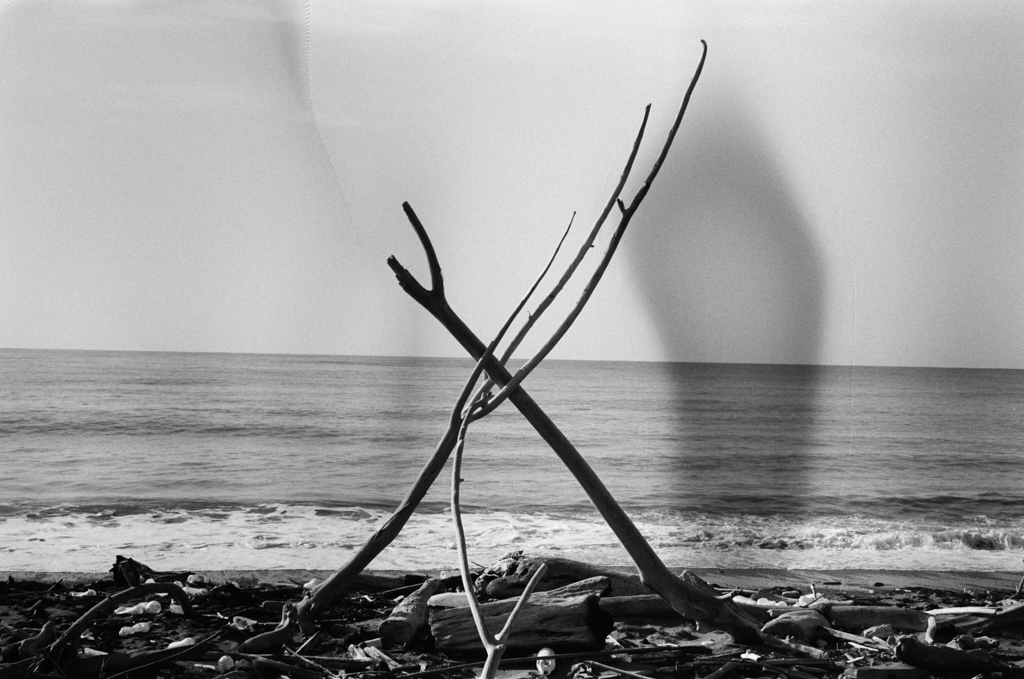
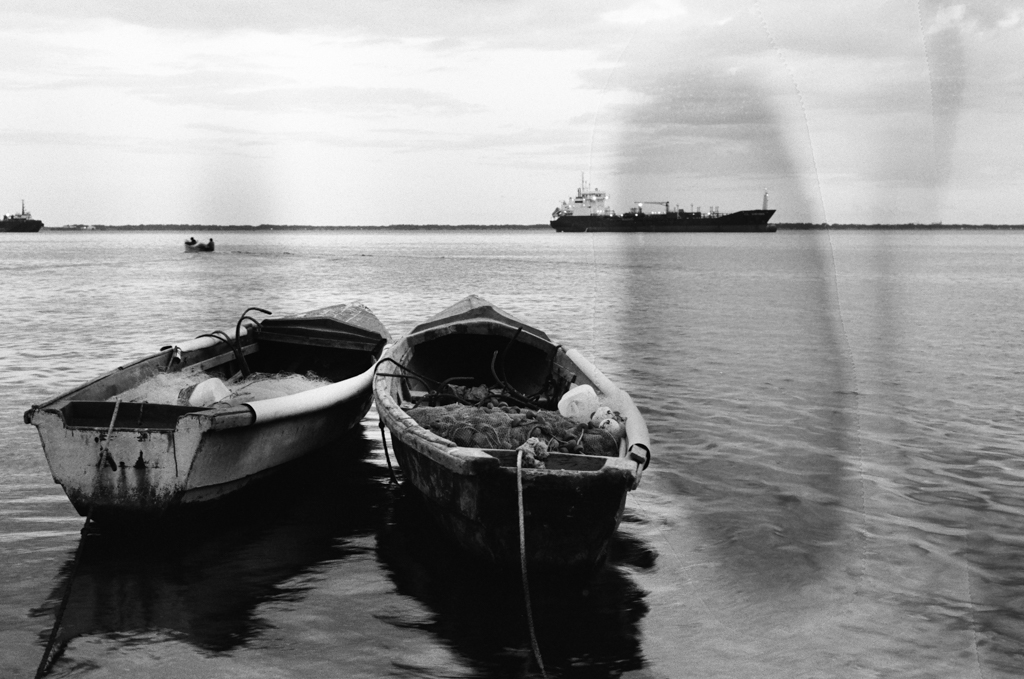
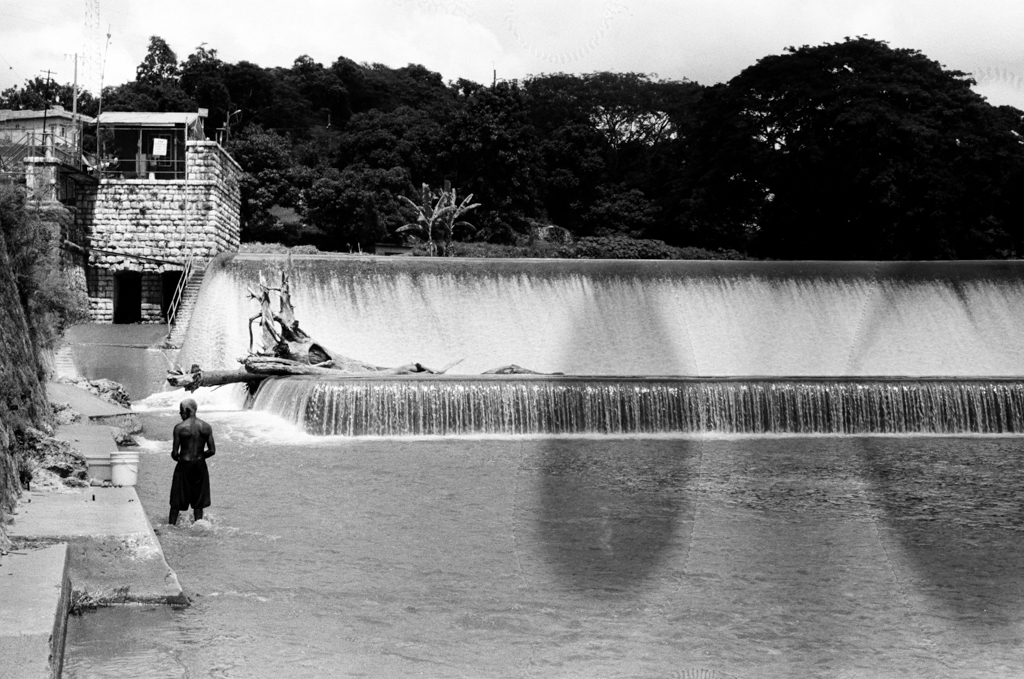
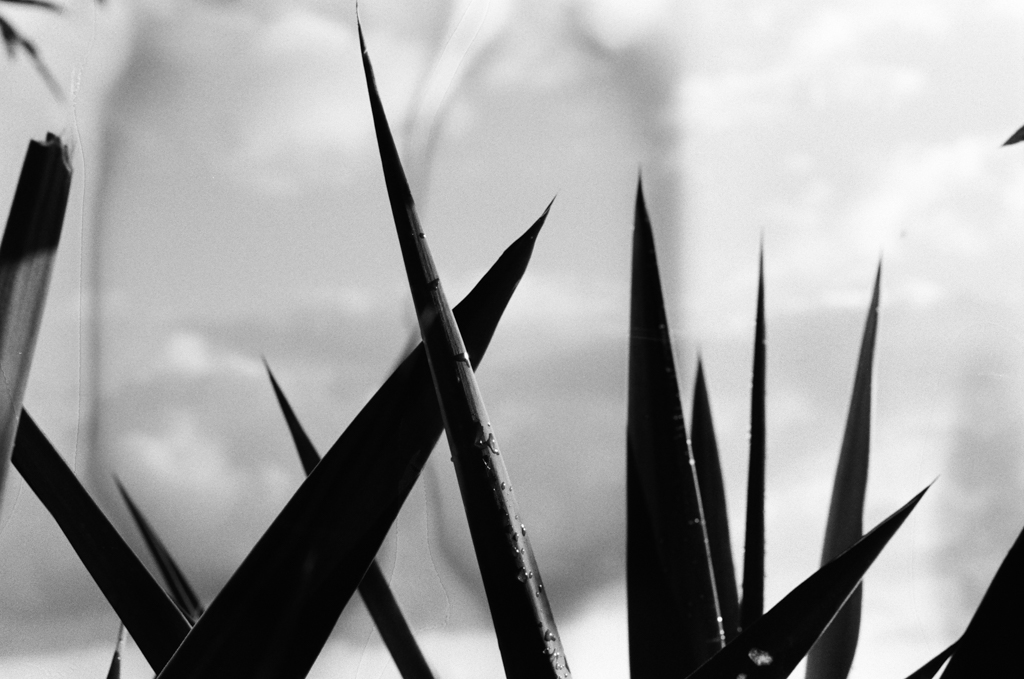
Being new to film photography, I was clueless as to what could have caused such a disaster. The first thing that came to mind was whether this was damage caused by x-ray exposure. I went searching for answers. A blog post by Richard Photo Lab entitled Common Film and Scan Issues provided insight. I then contacted customer service at The Darkroom. They confirmed the film appeared to have been exposed to water or some kind of moisture. The irregular waves throughout the images were characteristic. This is distinct from the wavy pattern throughout all the images that may be seen with X-ray damage. I was also advised that X-ray damage was less likely with film speeds under ISO 800.
The answers I received left me with more questions. How and at what stage had my negatives been exposed to moisture? Despite the grave disappointment, I am ready to dive back in again (See one of the few exposures spared moisture damage below).
